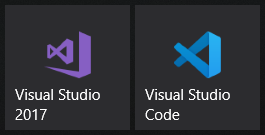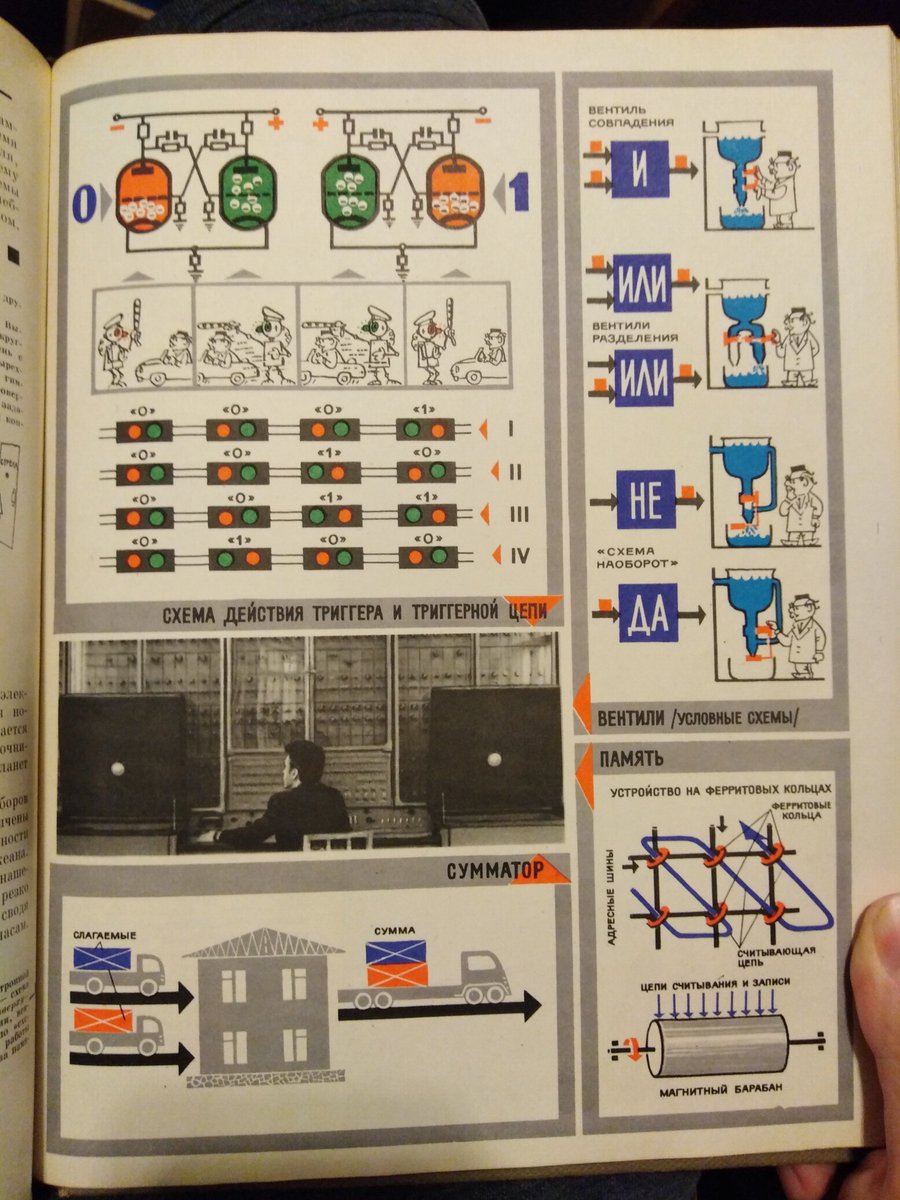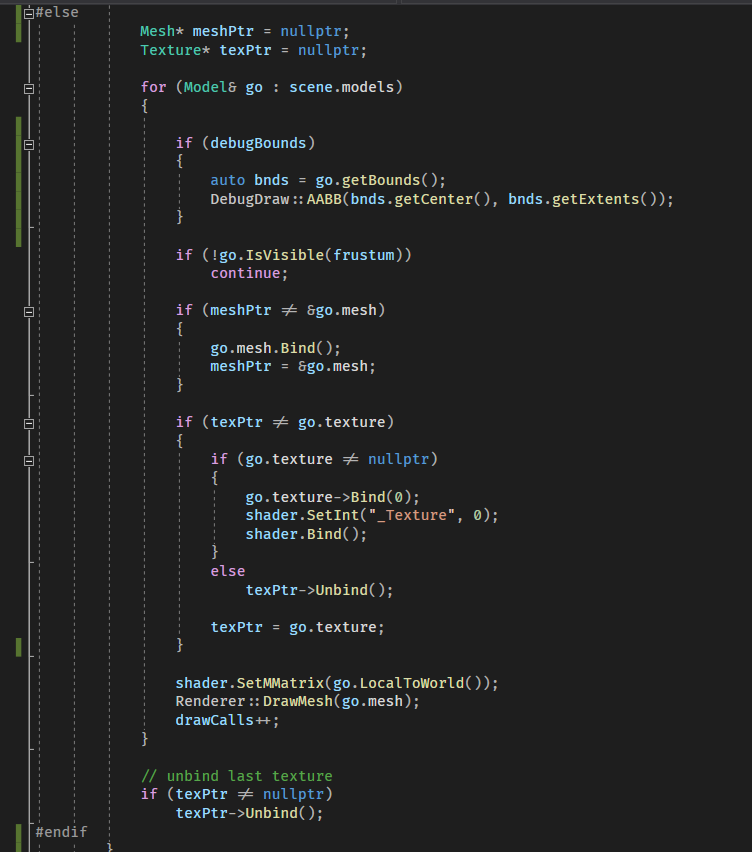Started using VS Code for Unity a week ago now, here's a little review thread of my first impressions compared to Visual Studio #unitytips #vscode 

VSC is lighter and starts much faster, which is always a good thing. It does download a lot of additional stuff for C# functionality once you start using it, but at least it's not 8+ gb like VS
Unity's VS Code support comes in a package, and I've had some issues with it.. And apparently it happens that VSC support gets broken from time to time
https://twitter.com/CynicatPro/status/1255584250813919232
Intellisense/autocompletion (or whatever you call it) is slower overall in VSC. In VS it's basically instant, while you write it pops up. In VSC it takes some time and it only is instant when using the something for the second time.
Snippets don't have a priority. I'm so used to typing a for loop in VS as for>tab>tab. In VSC it's like "for! it's a keyword!!" - oh thx, didn't know! /s ..It does go up in priority when you use it once, but that makes it feel quite unreliable 



There is no override prediction. In VS when you write "override" it gives you options what you wish to override, which is such a great feature. No need to look through parent meta. In VSC no such thing. There's ctrl+.>generate overrides but it then implements ALL overrides 







A cool feature in VS is that using a switch snippet on an enum value lists all the enums for you. In VSC the switch snippet behaves just like any other snippet, it can't do enum listing.
When you change the zoom level of the view, both the interface and text changes size, like WUT?? Whyyy?? I want to have a small interface and keep the text big. I'm also used to changing the size of text as the day goes on, and having interface also change is annoying.
Unity shader extension is better than the one I could find for VS. VS tries to treat shader files as C# files and so auto-formatting screws it all up. Cuz of this, I previously used Sublime to edit shaders, so it's nice to be able to edit shaders and c# now together
VSC is overall more enjoyable to work in. But that might just be a novelty bias. I need more time to give a conclusion. I like the customization options, changing a theme is simple and the color override system is cool. Searching for files and going through code seems nicer
Also although VSC has a tonne of customization options, there is no way to hide the title bar. The only way to hide it is to go full screen, but then you don't have the windows task bar. I want to remove the title but not task bar! $@#!?! For VS I found a plugin that does that 

I guess that's it for now. I'll add up more things as time goes by. Btw this is the first time I'm posting stuff in a gigantic thread at once, lets see how it goes :D
Fixed this! Thanks to @MartinBachy, you can put "editor.snippetSuggestions": "top" in settings.json and snippets will now always have a priority
Fixed this too! You can set "editor.mouseWheelZoom": true, and now ctrl + scroll will zoom editor text only, without the interface, similar to VS
• • •
Missing some Tweet in this thread? You can try to
force a refresh


















